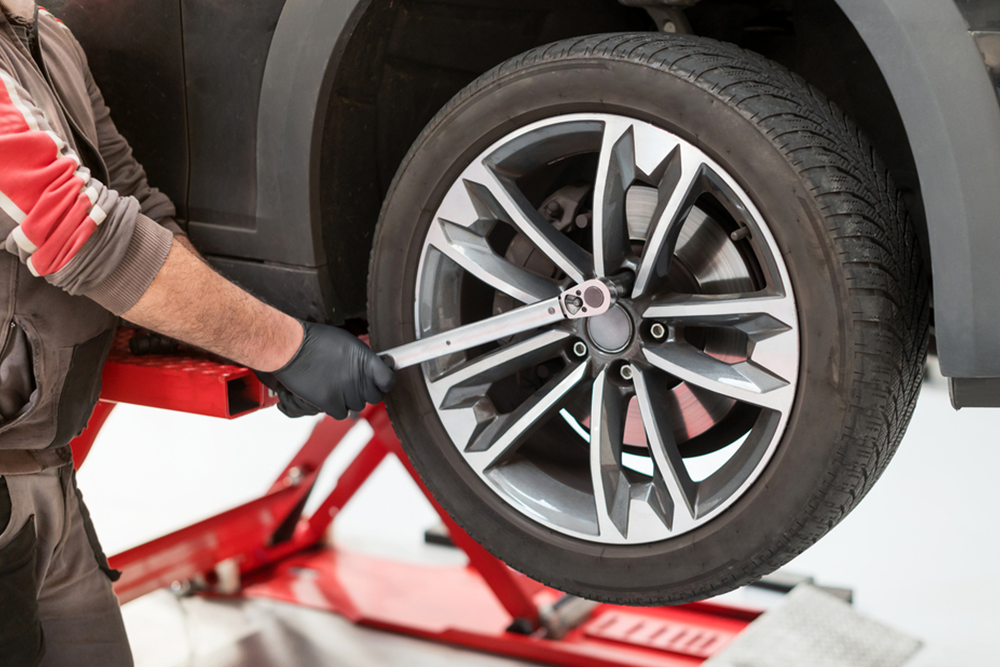
When you’re facing down a stubborn bolt or assembling a high-stakes project, picking the right tool can mean the difference between smooth success and frustration. Enter two heavyweights: torque wrench vs. breaker bar. These tools might look similar, but each brings a unique kind of strength to the table.
The torque wrench delivers precision, ensuring every bolt is fastened with accuracy, while the breaker bar is your go-to for raw power, helping you loosen even the most stubborn nuts and bolts. So, which one is the hero for your project? Let’s find out.
What Is a Torque Wrench?
A torque wrench is designed to apply a specific level of force, or torque, to a bolt or nut. It’s used in applications where precision matters, such as automotive engine assembly or any setting that demands consistent fastening strength. A torque wrench clicks or emits a sound when it reaches the preset torque level, indicating that the desired force has been applied. This prevents over-tightening or under-tightening, which can lead to mechanical issues or even part failures.
For those working on projects where precise fastening is a priority, the torque wrench is indispensable. It’s not just about tightening—it’s about applying the exact amount of force needed for safe, secure connections.
The Role of a Breaker Bar
The breaker bar is built to break loose tight bolts. With its long handle and lack of a torque-setting mechanism, it allows users to apply significant leverage to free rusted or over-torqued bolts. This tool is necessary in situations where the torque wrench would struggle, as applying excessive force to a torque wrench could damage it.
A breaker bar doesn’t measure torque; it simply offers the strength to loosen bolts. It’s often used at the start of a repair, setting up the bolt for a torque wrench to finish with precision. For bolts that refuse to budge, a breaker bar is a reliable option.
Comparing Torque and Power
When choosing between a torque wrench and a breaker bar, consider each tool’s specific function. The torque wrench is designed for precise fastening, crucial in tasks requiring exact force. Its calibrated mechanism is sensitive to force levels, tightening each bolt or nut to prevent structural failure. However, using excessive force with a torque wrench can damage its calibration.
The breaker bar offers sheer power without worrying about force limits. Its long handle enables extra leverage, which is perfect for loosening bolts that may have seized up over time. The breaker bar’s simplicity also makes it a tough, long-lasting tool, even under heavy use.
Which Tool Do You Need?
Deciding between a torque wrench and a breaker bar boils down to the job requirements. If your task demands precise torque settings to prevent under-tightening or over-tightening, a torque wrench will be the best choice. However, if you’re dealing with stubborn bolts that require a strong initial twist, start with a breaker bar to break them loose.
For professionals and DIY enthusiasts, using both tools adds flexibility and efficiency. The breaker bar applies the initial force, while the torque wrench provides precision for final tightening. Together, they offer a complete solution for handling bolts.
Precision and Power for Every Application
At Calright Instruments, a service-disabled veteran-owned small business, we offer a comprehensive selection of torque tools designed to meet the highest standards of accuracy and durability. From precision torque screwdrivers to heavy-duty torque wrenches and torque arms, our tools support reliable performance across various industries, including automotive, aerospace, and manufacturing.
For expert assistance and product recommendations, call us toll-free at 1-866-363-6634. Trust Calright Instruments for high-quality tools and dedicated customer service, helping you achieve dependable results in every application.
